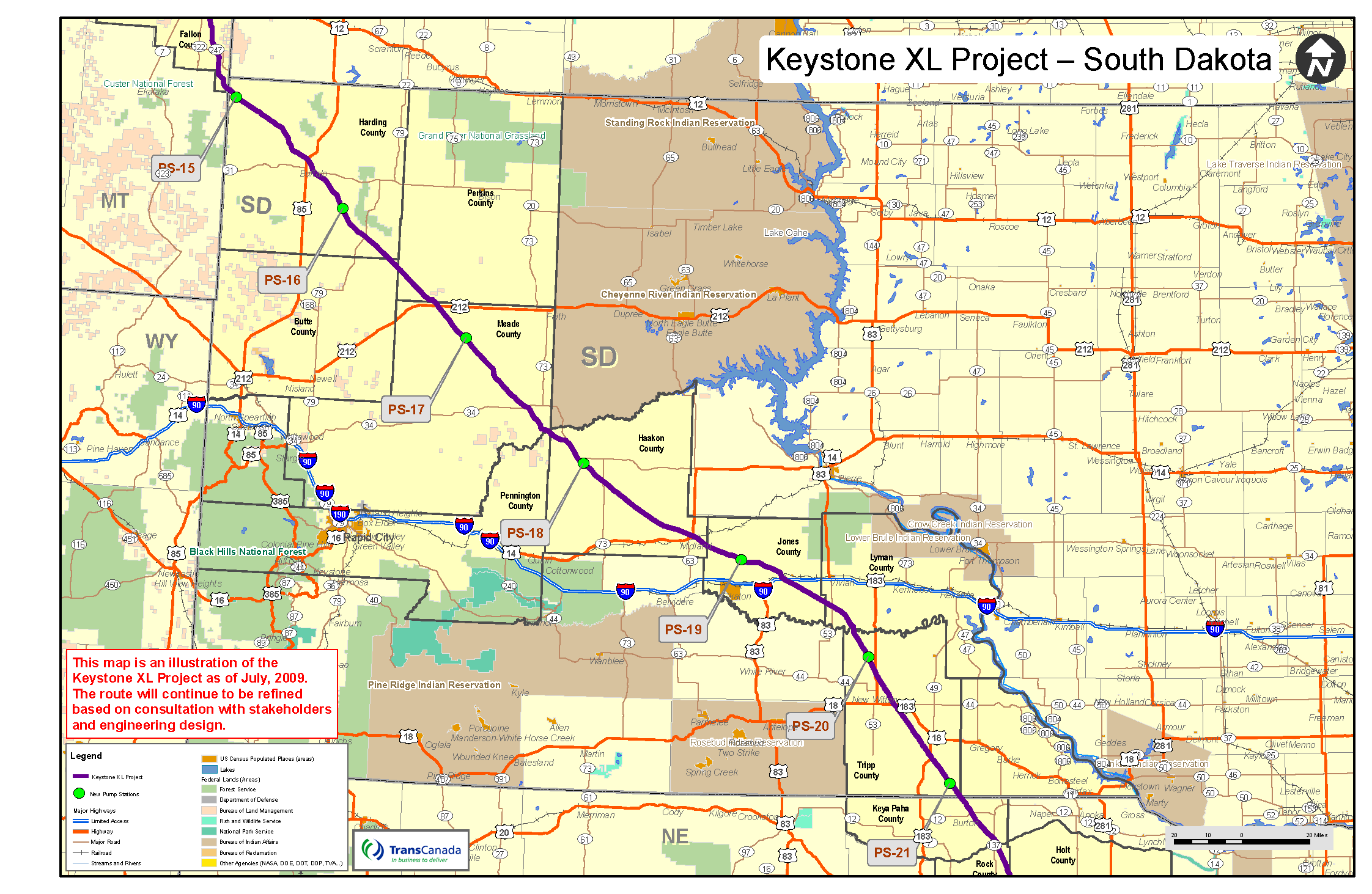August 2011, Vol. 238 No. 8
Features
Keystone XL Will Pipe Energy, Economic Security To U.S.

When it comes to energy and the economy, the U.S. and Canada have a long and prosperous history. As our top trading partner, Canada plays an integral role in U.S. job creation. It is also our largest supplier of oil, providing nearly 2 million barrels per day, or more than 20% of U.S. imports.
Today, our great countries have yet another opportunity to strengthen this longstanding partnership while creating jobs, long-term economic benefits and greater energy security through a project known as the Keystone XL pipeline.
A Shovel-Ready Stimulus Project
Investing in Canadian oil is an economic win-win for both Canada and the United States. According to a 2011 study by the Canadian Energy Research Institute (CERI), new oil sands investments are expected to create 444,000 new U.S. jobs and generate $521 billion in U.S. government revenues by 2035. The Keystone XL Pipeline construction alone could create 20,000 U.S. jobs. And for every two jobs supported in Canada, one will be supported in the U.S.
These are well-paying jobs for hardworking Americans, ranging from manufacturing steel for the pipeline and developing advanced leak-monitoring-and-detection systems to electrical work, construction and welding. In fact, nearly 1,000 companies from 47 states are in one way or another involved in developing Canada’s oil sands. The Caterpillar® 797, for example, is one of the world’s largest trucks, with the capacity to haul up to 400 tons per load. Its engine is made in Indiana, its cab fabricated and its engine installed in Illinois, its frame component cast in Louisiana and its Giant Michelin® tires made in South Carolina. As of 2009, 200 of these trucks had been purchased for use in Canada’s oil sands, giving an economic boost to these four U.S. states.
The economic benefits to the United States are clear, and that is why local leaders in Illinois and Nebraska, along with labor unions, strongly support the project. As House Energy and Commerce Chairman Fred Upton (R-MI) stated, “With high gas prices, high unemployment, and clear threats to national security, a project such as Keystone XL should be a top priority for any administration.”
Meanwhile, the Alberta government estimates that the mining and oil and natural gas sectors employ about 136,000 Albertans—a number that is sure to grow as the United States looks to Canada for greater supplies of secure, affordable oil. Their government has also noted that every dollar invested in oil sands creates about $9 worth of economic activity—with one-third of that economic value generated outside Alberta in Canada, the U.S. and around the world.
Building A Link To Energy Security
Beyond the myriad economic benefits it would bring, developing Canada’s oil sands will greatly strengthen U.S. energy security.
Today, refineries across the Midwest rely on Canadian oil – which often trades at a discount – as their primary feedstock to produce important supplies of gasoline, diesel and jet fuel. This improves operating costs for the refineries and helps protect against supply disruptions caused by storms in the Gulf. Refineries located along the Gulf Coast could see this same benefit once the Keystone XL project is completed.
The Keystone XL pipeline is just one part of a broad access strategy that – along with areas currently off-limits to exploration and production in the United States and offshore – could provide 92% of U.S. liquid fuel needs by 2035. A quantity like this can make a big difference to us and to the world in terms of having extra supplies from such a reliable source.
Protecting Our Environment
Safety and the environment are two areas where the pipeline will not only meet industry standards, but exceed them. The Keystone XL project will utilize world-class technology with an industry-leading data collection and monitoring system and – according to the State Department’s Supplemental Draft Environmental Impact Statement – the project is not likely to result in additional GHG emissions from a global perspective.
Furthermore, independent analysts have found that the chemical composition of the oil is no different than oil from Nigeria, Venezuela, Alaska and California currently flowing through the U.S. pipeline system.
The reality is that global demand for oil is going to increase – and Canada’s oil sands will be developed with or without the pipeline. The real question is which consumers will benefit and where will it be better managed … in the United States, where we have the safest, most efficient refineries in the world, or elsewhere?
Turning Opportunities Into Reality
Through the Keystone XL pipeline project, the president has an opportunity to greatly enhance our nation’s economic and energy security. Without it, the United States will be forced to increase the amount of oil it imports at a time of increasing global turmoil.
As employees in the oil and natural gas industry, we must let our leaders know that construction of the Keystone XL Pipeline will be an economic boon for both the U.S. and Canada, while going a long way to strengthen U.S. energy security.
Author
Marty Durbin is executive vice president of Government Affairs for the American Petroleum Institute, Washington, DC. Ph: 202-682-8000.





Comments